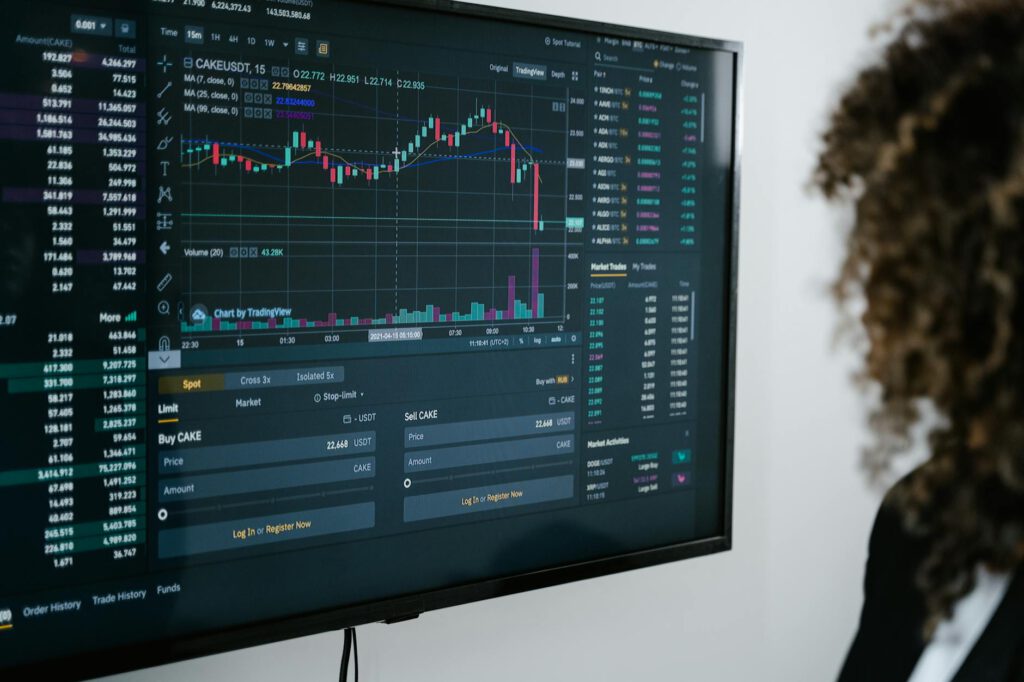Introduction
The world of digital art has been revolutionized by NFTs (Non-Fungible Tokens), offering artists unprecedented opportunities to monetize their work. However, for many creators, the technical complexities of blockchain can be intimidating. The good news? You don’t need to be a blockchain expert to sell your digital art as NFTs.
This beginner’s guide will walk you through the entire process—from creating your first NFT to listing it on a marketplace—without requiring deep technical knowledge. Whether you’re an illustrator, photographer, or graphic designer, this guide will help you navigate the NFT space with confidence.
Main Idea: Selling NFTs Made Simple
NFTs are unique digital assets stored on a blockchain, verifying ownership and authenticity. While blockchain technology powers NFTs, you don’t need to understand its intricacies to sell your art. By leveraging user-friendly platforms and following a few key steps, anyone can turn their digital creations into sellable NFTs.
Subtopic 1: Understanding NFTs (Without the Tech Jargon)
What Are NFTs, and Why Should You Care?
NFTs are like digital certificates of authenticity for your artwork. Unlike cryptocurrencies such as Bitcoin, which are interchangeable, each NFT is unique. This uniqueness makes them ideal for selling digital art, as buyers can prove they own the original piece.
Example:
Imagine you create a digital painting. By minting it as an NFT, you can sell it online while retaining proof of ownership. Even if the image is copied, the NFT verifies the original belongs to the buyer.
How NFTs Benefit Artists
- Passive Income: Many NFT platforms allow you to earn royalties (e.g., 5–10%) every time your art is resold.
- Global Reach: NFTs can be sold to collectors worldwide without intermediaries like galleries.
- Creative Control: You decide pricing, scarcity (e.g., one-of-one or limited editions), and licensing terms.
Subtopic 2: How to Sell Your Digital Art as NFTs (Step-by-Step)
Step 1: Choose the Right NFT Marketplace
You don’t need to interact directly with blockchain networks—marketplaces handle the technical side. Here are the best beginner-friendly platforms:
- OpenSea: The largest NFT marketplace, supporting Ethereum, Polygon, and other blockchains. No upfront fees.
- Rarible: Similar to OpenSea but with a simpler interface for beginners.
- Foundation: Invite-only, but great for high-quality art (uses Ethereum).
- Mintable: Offers “gasless” minting (no upfront costs) on Polygon.
Pro Tip: Start with Polygon-based marketplaces (e.g., OpenSea’s Polygon network) to avoid high Ethereum gas fees.
Step 2: Prepare Your Digital Art
- File Formats: Most platforms accept JPG, PNG, GIF, MP4, or GLB (for 3D art).
- Resolution: Aim for high-quality (at least 2000px on the longest side).
- Metadata: Add a title, description, and optional traits (e.g., “Edition 1 of 10”).
Step 3: Create a Crypto Wallet (Without the Complexity)
You’ll need a wallet to store earnings and pay fees, but you don’t need to understand blockchain to set one up:
- Download MetaMask (a browser extension or mobile app).
- Create a wallet and securely store your recovery phrase.
- Add funds (if required). For Polygon-based sales, buy MATIC tokens via exchanges like Coinbase.
Safety Note: Never share your recovery phrase.
Step 4: Mint Your NFT
Minting is the process of turning your art into an NFT. On OpenSea:
- Click “Create” and connect your wallet.
- Upload your artwork, fill in details, and choose “Polygon” to avoid fees.
- Click “Create” to mint (no gas fees on Polygon).
Step 5: List Your NFT for Sale
- Fixed Price: Set a flat rate (e.g., 0.1 ETH).
- Auction: Let buyers bid over time.
- Royalties: Set a resale percentage (e.g., 10%).
Tools, Tips, and Resources
Must-Have Tools for NFT Beginners
- Canva/Procreate/Photoshop: Create or polish your artwork.
- MetaMask: The most user-friendly crypto wallet.
- OpenSea/Rarible: Zero-code NFT minting.
Marketing Your NFTs
- Social Media: Share your work on Twitter, Instagram, and TikTok with #NFT and #DigitalArt.
- NFT Communities: Join Discord groups like “NFT Artists Lounge.”
- Collaborations: Partner with other artists for cross-promotions.
Avoiding Common Pitfalls
- Gas Fees: Stick to Polygon or Solana-based platforms to save money.
- Scams: Verify marketplace URLs and never click suspicious links.
- Overpricing: Research similar NFTs to set competitive prices.
FAQs
1. Do I need cryptocurrency to start selling NFTs?
Only if the marketplace requires gas fees (e.g., Ethereum). Polygon-based platforms let you mint for free.
2. Can I sell NFTs if I’m not a professional artist?
Yes! NFTs cater to all skill levels—unique concepts often sell better than technical perfection.
3. How do I get paid from NFT sales?
Earnings go to your connected wallet. Convert crypto to fiat via exchanges like Coinbase.
4. Are NFTs bad for the environment?
Not necessarily. Ethereum has reduced energy use by 99%, and Polygon/Solana are eco-friendly.
5. What if my NFT doesn’t sell?
Reevaluate pricing, improve marketing, or try a different platform.
Conclusion
Selling digital art as NFTs doesn’t require blockchain expertise—just the right tools and strategies. By choosing beginner-friendly platforms like OpenSea, minting on low-fee networks like Polygon, and leveraging social media, you can turn your creativity into income.
The NFT space is evolving, and there’s never been a better time to start. Take the first step today: create, mint, and list your art. Your digital masterpiece could be the next big NFT sale!

